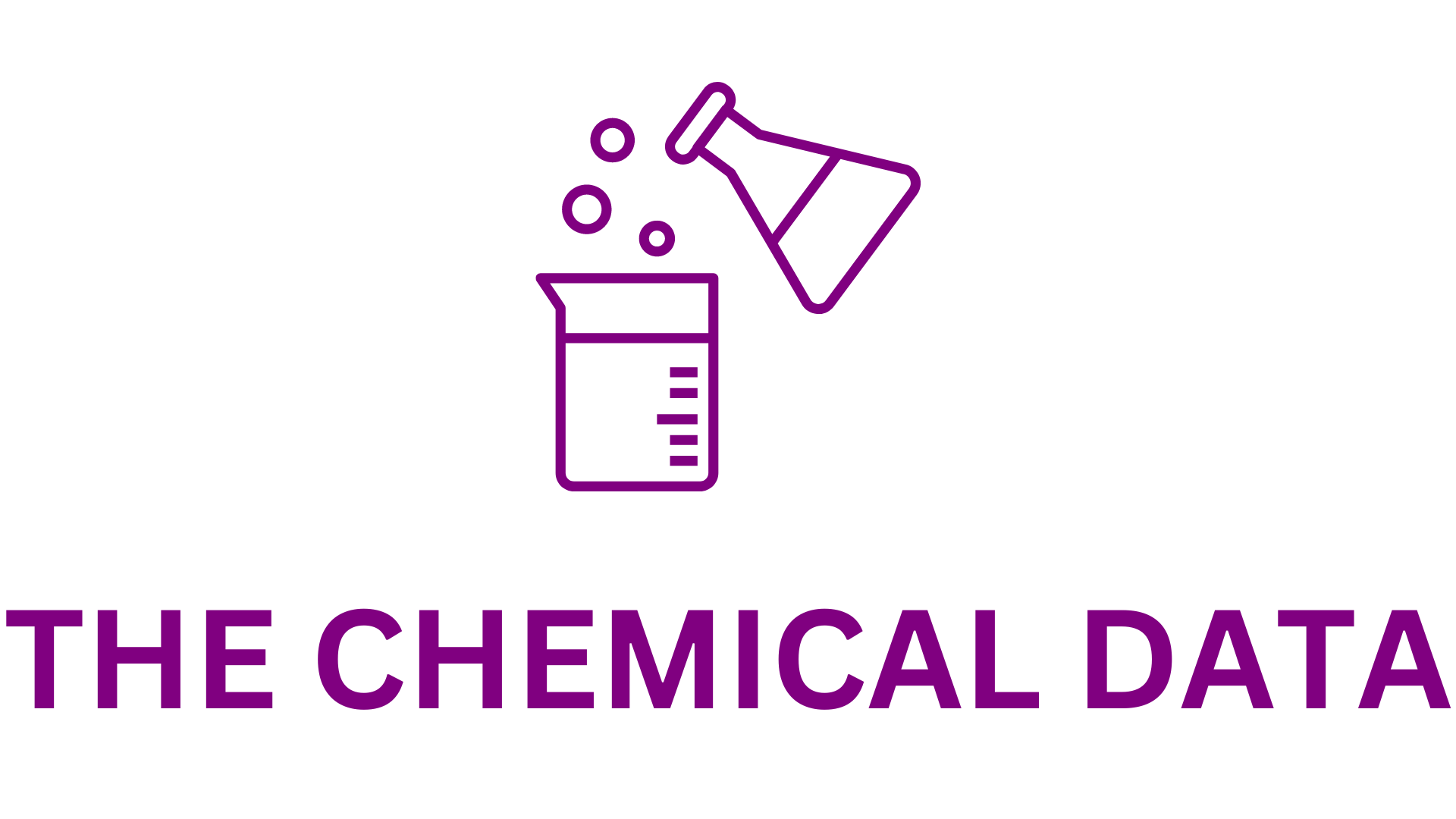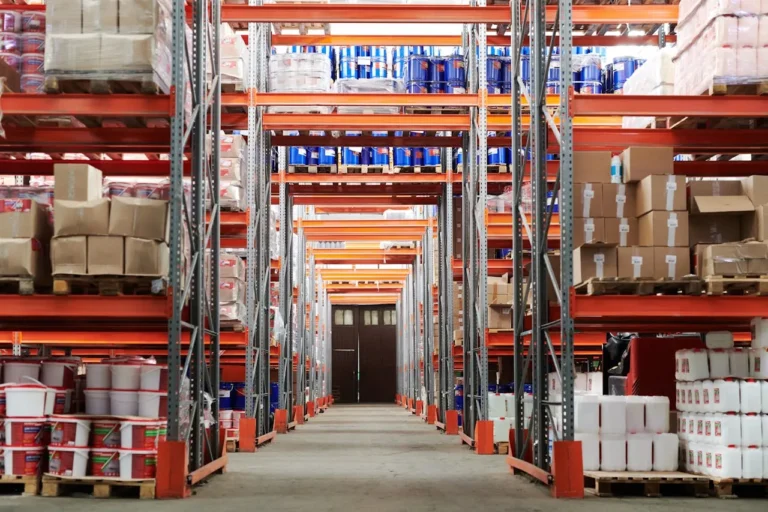
Global Cement and Concrete Industry Calls for Stronger Government Action as New Report Shows Decarbonisation Progress
The global cement and concrete sector has released a new comprehensive progress report on its decarbonisation efforts, unveiling updated data and highlighting both major advancements and pressing challenges. Launched at COP30 in Belém, Brazil, the report underscores the industry’s commitment to reducing carbon emissions while emphasizing that meaningful acceleration will only occur with strong public-sector support.
For an industry responsible for producing the essential materials needed for global infrastructure—from homes and hospitals to bridges and energy systems—the decarbonisation challenge is substantial. Yet the new report signals that significant progress has already been achieved, and even more is possible through collaborative global action.
Significant Reduction in CO₂ Intensity Since 1990
A central finding of the new report is that the global cement and concrete industry has reduced the CO₂ intensity of its cementitious products by 25% since 1990. This long-term downward trend reflects structural improvements in manufacturing, increased efficiencies, and active deployment of lower-carbon technologies.
This achievement is particularly notable given the rapid expansion of global infrastructure needs over the past three decades. As populations grow and urbanisation accelerates, demand for cement and concrete continues to increase. Despite this rising demand, manufacturers have managed to cut the CO₂ emitted per tonne of cementitious material, underscoring the sector’s commitment to sustainable development.
However, the report also stresses that the pace of emissions reductions must accelerate significantly if the sector is to meet its net-zero commitments.
Industry Leaders Emphasize Need for Policy Support
Calls from GCCA Leadership
Dominik von Achten, President of the Global Cement and Concrete Association (GCCA) and Chairman of the Managing Board of Heidelberg Materials, highlighted the magnitude of the transition currently underway across the industry. He noted that companies around the world are “collaborating and innovating across every aspect of our manufacturing” and are actively implementing technologies that deliver real emissions reductions.
Despite this progress, von Achten stated that the industry cannot achieve large-scale transformation on its own. The transition to net zero requires regulatory clarity, financial incentives, and enabling frameworks that only governments can provide. “Our industry needs the support of governments, policymakers, stakeholders, and our allies across the built environment right now,” he emphasised.
Thomas Guillot, Chief Executive of the GCCA, echoed this sentiment. He praised the impressive range of decarbonisation projects already underway across member companies but stressed that further acceleration depends on firm and consistent policy action around the world. Cement and concrete remain indispensable to modern society, he said, but it is equally essential that these materials be decarbonised at speed and scale.
Key Policy Recommendations for Accelerating Climate Action
The report outlines several urgent policy measures that could significantly accelerate the reduction of CO₂ emissions across the sector:
1. Scaling Up Alternative Fuels
The industry calls for policies enabling the large-scale use of non-recyclable municipal and industrial waste as alternative fuels for cement kilns. These fuels—often otherwise destined for landfills—can significantly reduce reliance on fossil fuels.
2. Incorporating Recycled Raw Materials
Clear policy frameworks are needed to promote the use of construction and demolition waste as a raw material. This supports circularity while reducing the need for virgin materials.
3. Modernising Building Codes
Updated building codes and standards would encourage the wider use of better-performing blended cements and concretes. These lower-carbon products often outperform traditional materials but still face regulatory barriers in many regions.
4. Adopting Carbon Pricing Mechanisms
The report advocates for robust, market-driven carbon pricing systems that reward decarbonisation efforts and encourage investment in low-carbon technologies and clean innovation.
Four Years of Progress Under the Net Zero Roadmap
The publication of this progress update marks four years since the release of the GCCA’s landmark Net Zero Roadmap, which set a detailed pathway for the industry to achieve net-zero emissions by 2050. The latest report highlights more than 60 major decarbonisation projects from companies and partner associations around the world.
These initiatives fall into several core decarbonisation categories, demonstrating the breadth of action underway:
Major Decarbonisation Projects Highlighted in the Report
1. Reducing Clinker and Process Emissions
Clinker production is the most carbon-intensive phase of cement manufacturing. Projects focused on reducing emissions from clinker production include:
- Increased use of alternative fuels such as biomass, waste-derived fuels, and hydrogen.
- Implementation of decarbonated raw materials, which release less CO₂ during processing.
- Efficiency upgrades at cement plants.
- Electrification of kilns, an emerging innovation with transformative potential.
Examples include:
- Fletcher’s Golden Bay plant and JSW’s Nandyal and Shiva plants, which have advanced the use of alternative fuels.
- Votorantim Cimentos in Turkey, where biomass such as corn stalks is used at the Yozgat plant and in the calciner at Hasanoğlan.
- Limak Cement, which incorporates construction and demolition waste as a raw material.
- Molins and CIMPOR, which are expanding the production and commercialisation of calcined clay cements—an important low-carbon material.
- CRH’s plant in Rohožník, Slovakia, which replaced 20% of its raw materials with alternative sources.
2. Advancing Carbon Capture, Utilisation and Storage (CCUS)
CCUS is expected to deliver 36% of total emissions reductions according to the GCCA Roadmap, making it essential for long-term decarbonisation.
One of the most notable milestones is the launch of the world’s first industrial-scale carbon capture cement plant in Brevik, Norway, operated by Heidelberg Materials. This project demonstrates the feasibility of integrating CCUS directly into full-scale cement production.
Other companies making advancements in CCUS include Breedon, Cementir Holding, CNBM, GCC, Holcim, JSW, TITAN, JCA, and UltraTech.
3. Expanding Renewable and Low-Carbon Energy
Several members have accelerated their adoption of renewable electricity:
- Cemex in Croatia has expanded its solar energy capacity.
- UltraTech in Gujarat continues to integrate renewable energy across its operations.
4. Innovating in Low-Carbon Concrete and Circularity
The report also highlights innovations at the product and design level:
- Holcim and Seqens have completed Recygénie, a 220-unit housing complex in Paris built entirely with 100% recycled concrete, marking a world first.
- Taiheiyo Cement’s CARBOCATCH technology incorporates CO₂-absorbing waste materials into concrete production, further reducing its carbon footprint.
International Recognition and Political Support
The report also features statements from global policymakers. The Honourable Mélanie Joly, Canada’s Minister of Industry, emphasized the central role of concrete in global development and reaffirmed Canada’s commitment to decarbonisation initiatives within the sector. COP30, she noted, presents an opportunity to build on the achievements of the Cement and Concrete Breakthrough and advance its priority actions.
Source Link : businesswire.com






